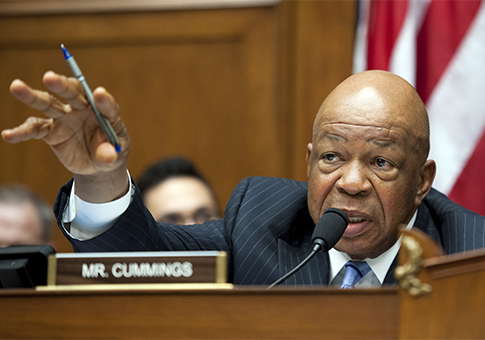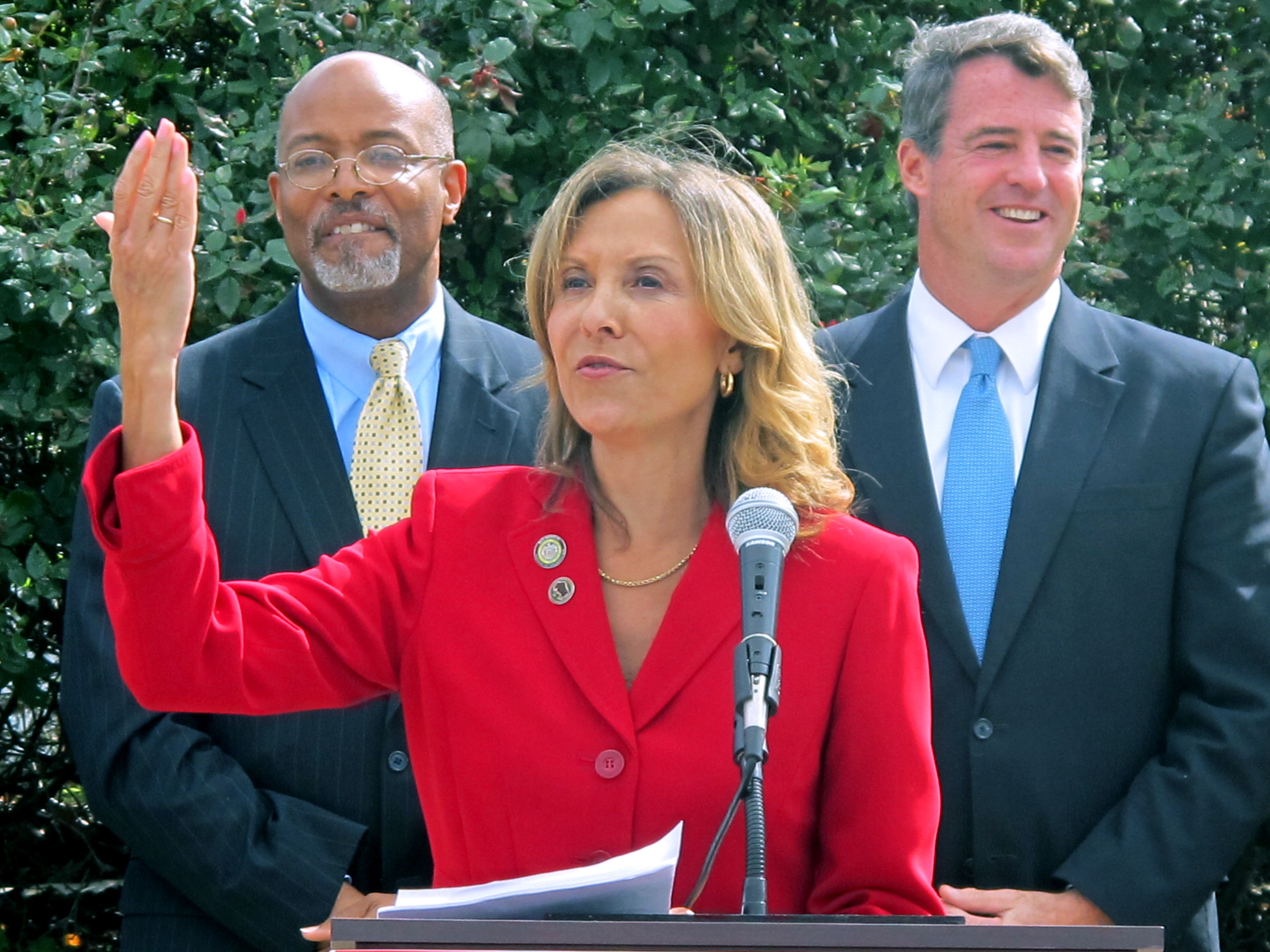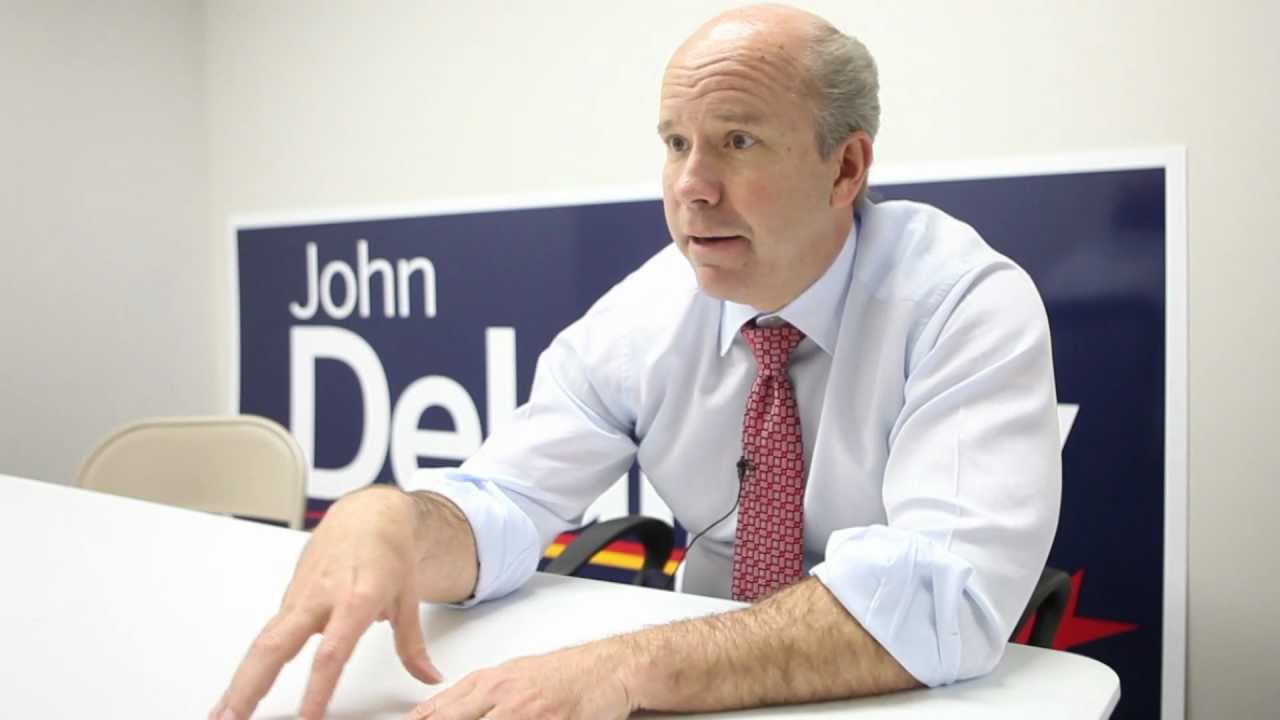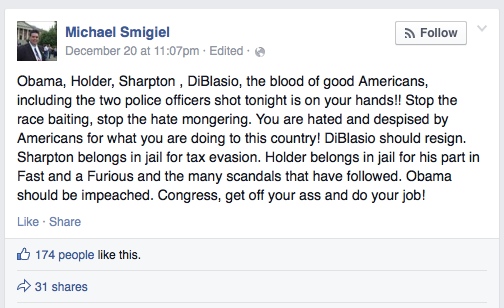To a certain type of Goo-Goo liberal, public financing of elections seems like a splendid idea.
It isn’t. Here is why:
The New York Example
I’ve worked perhaps even more extensively in New York politics, where City Elections are publicly financed, than in Maryland. From my reading of the bill, it appears based upon the system used to finance New York City Council races. This isn’t a good thing.
In New York State Assembly races, you can effectively finance a campaign with the support of four donors. If you happened to be running for New York City Council, you need the support of hundreds of small donors to reach the match threshold to run an effective campaign. So candidates for City Council are forced to do congressional candidate level hours of call time (20-30/week).
I remember one of the most successful fundraisers in Democratic Politics once asked me whether I’d rather ask a thousand people for a dollar, or one person for a thousand dollars. The answer for a candidate is obviously the second one.
I’m sure that if any sitting council members truly understood that come 2018, if they pass this, they will be spending six hours a day in a windowless room calling small time activists to beg for fifty dollar donations, this bill would die a swift death.
The New York State Legislature understands this perfectly well.
I remember having a long phone conversation with one of the head lawyers for the New York Senate Democrats on this topic. He vividly related to me the story of how he told the children of Billionaire Financier George Soros that no amount of money was going to buy him a public financing law. Why you ask?
Because most term limited New York City Councilman end up in Albany and will never go back to the nightmare that is raising small dollar donation for matching funds.
The Colorado Example
In Colorado, the max out donation is $400. Typically, a targeted State Senate race in Colorado maxes out at $200,000. (This cycle they will likely hit $225,000). However, $750,000-$1,000,000 is typically spent by the Colorado Senate Democratic Majority Fund in independent expenditure. This means that the real fundraising campaigns happen outside of the campaigns themselves.
Divorced of a candidate’s name or approval, this translates into lots of nasty, negative, no holds barred political advertising. To me this bill seems like a final attempt by Phil Andrews to kneecap Montgomery County business and union interests. While I find this a vile prospect, Phil’s plan is doomed to failure. At the end of the day, Real Estate Developers and Labor Unions are savvy people. They shall do in Montgomery and circumvent the system through independent expenditures.
The Second New York Example
Mike Bloomberg was elected Mayor of New York City as a Republican because his Democratic opponents were capped at $5 million dollars in spending while he dropped nine figures on his campaign. If you want Dana Buyer, Lou Simmons and Jonathan Shurberg on the Council–the top three self funders in Montgomery County in the 2014 Democratic Primary–please vote for this bill.
The Annapolis Example
Maryland Democrats consistently win districts that should send Republicans to Annapolis (with Democratic Performance indices giving Republicans up to a ten-point edge in many seats long held by Team Blue). This is not because we run better campaigns on the Democratic side in Maryland than anywhere in the country. We’re a decade behind New York, Virginia, California and dozens of others in that regard.
It’s because in Maryland’s one-party environment, traditional economic donors that would be inclined to support Republicans (think Comcast) donate to Democrats. Which explains why Jim Mathias, the most vulnerable Democrat in Maryland’s Senate, will face a Republican with less than $50,000 all in to spend. Mathias will have north of $300,000.
If you have Republican County Council candidates with $125,000 in the bank, Democrats should expect to have competitive general elections in districts 1, 2 and 3.




